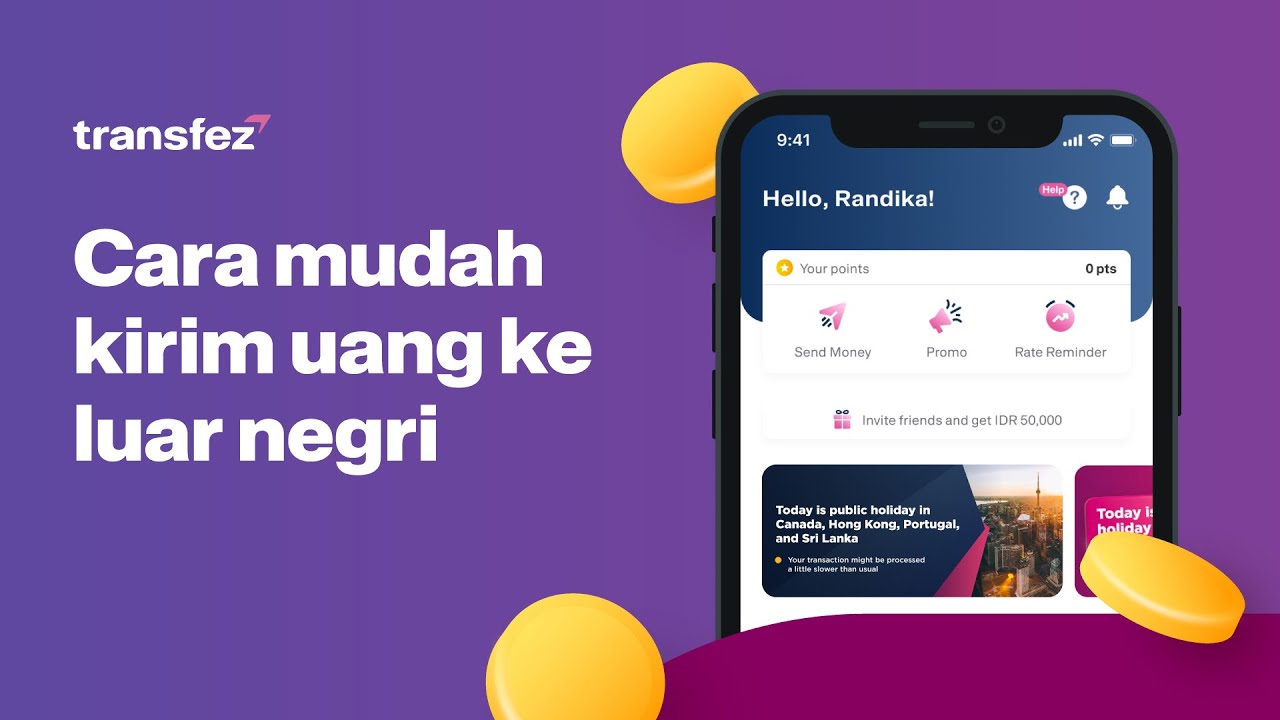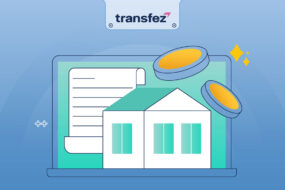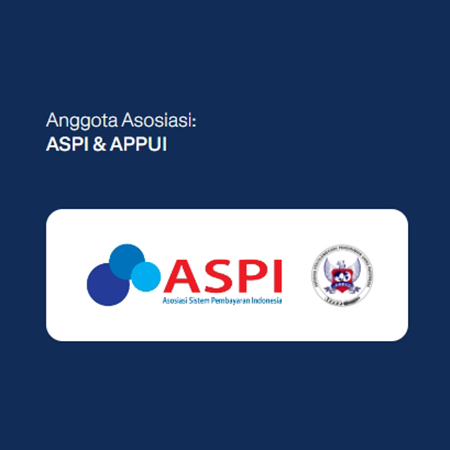Income tax in Australia can feel like a maze, especially for locals and migrant workers who have just set foot in the land down under. With a progressive tax system and specific rules for residents and non-residents, understanding how to manage income tax can save you a lot of money.
We’ll discuss practical, easy-to-understand tax-saving tips that are relevant for 2025. Let’s dive in!
Also read: Top 10 Most Innovative Fintech Companies in Indonesia in 2025
Understanding the Basics of Income Tax in Australia
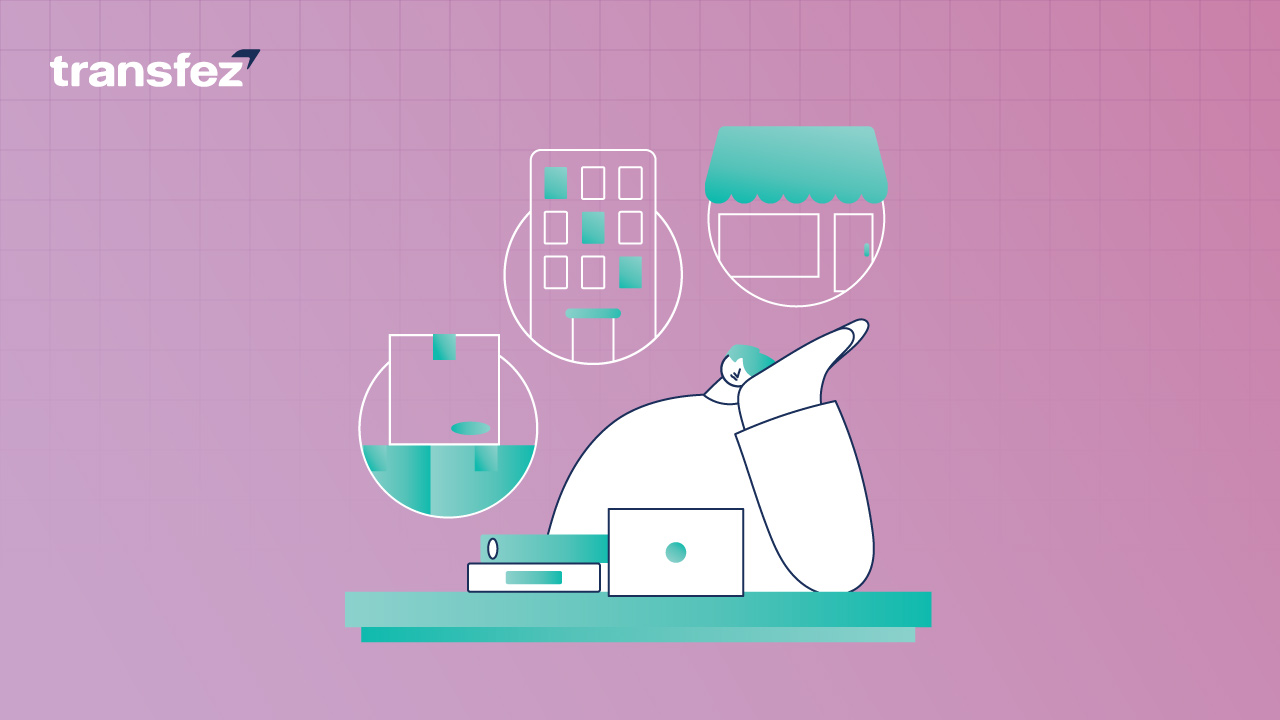
In Australia, income tax is based on your residency status: resident or non-resident. According to the ATO, you’re considered a tax resident if you live in Australia for more than 183 days in a year, intend to settle, or have significant ties such as a permanent job or family there. Residents are taxed on their worldwide income, while non-residents only pay tax on income sourced from Australia.
The income tax rates for residents in the 2024–2025 tax year are progressive, starting at 0% for income up to AUD$18,200 (tax-free threshold) and rising to 45% for income over AUD$190,000. Non-residents, on the other hand, are subject to a flat rate starting at 32.5% for income up to AUD$135,000, with no tax-free threshold.
Migrant workers, such as those on a Working Holiday Visa (subclass 417 or 462), are often considered non-residents, though special rules apply. For instance, until 2019, backpackers earning under AUD$18,200 could be tax-free. However, this policy changed and they are now taxed at 15% on income up to AUD$45,000, provided they work for specific employers.
Transfez, Easily Send Money to 70+ Countries Worldwide
Tax Saving Tips You Can Apply
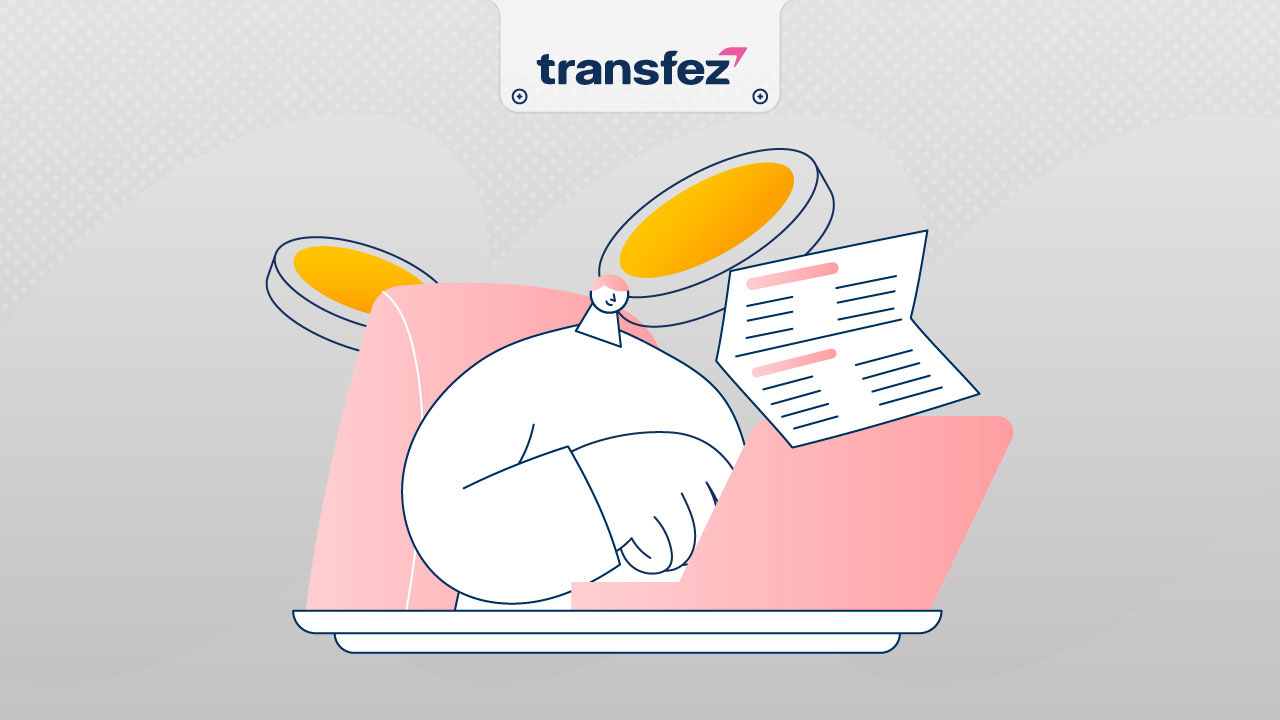
Here are tax-saving strategies designed for Australian residents and migrant workers, with detailed explanations to maximize your tax return.
1. Use the Tax-Free Threshold (Residents Only)
If you’re an Australian resident, you’re entitled to a tax-free threshold of AUD$18,200. This means income up to that amount is not taxed. Make sure to claim this when filling out your Tax File Number (TFN) Declaration at work. If not claimed, your employer will deduct a higher amount of tax. Migrant workers considered non-residents are not eligible for this threshold, so make sure your residency status is clear.
If you earn AUD$30,000 annually, only AUD$11,800 is taxable (after subtracting the tax-free threshold). At a 19% rate, you’ll pay around AUD$2,242 in tax—much lower than the 32.5% paid by non-residents from the first dollar.
2. Claim Work-Related Deductions
Deductions are a powerful way to reduce your taxable income. You can claim expenses directly related to your job, such as work uniforms, travel for work purposes, or job-related training courses. You must keep proof like receipts, and the expenses must be genuinely necessary to earn your income.
For migrant workers, such as au pairs or fruit pickers, you may claim costs like the Working with Children Check (AUD$80–$125) or First Aid certificates (AUD$70–$160). Keep all receipts and track these expenses carefully. The ATO recommends using the myDeductions app to log your expenses digitally.
If you work from home, you can claim costs like electricity or internet using the fixed rate method at 67 cents per hour (2025). Be sure to record your work-from-home hours.
Also read: A Complete Guide to the Education System in Australia
3. Maximize Superannuation Contributions
Superannuation (retirement fund) is a commonly overlooked tax-saving strategy. Employers in Australia must contribute 11.5% of your salary to your super account (up from 11% in 2024). You can also make personal contributions up to AUD$30,000 per year (2025) to reduce your taxable income. These contributions are taxed at just 15%, much lower than regular income tax rates.
If you hold a Working Holiday Visa and permanently leave Australia, you can claim a Departing Australia Superannuation Payment (DASP). Taxes vary (usually 35%–65%), but this can still be a significant cash boost. Apply via the ATO after leaving.
See the list of countries where you can send money abroad with Transfez
4. Use the Free Tax Help Service
The ATO provides a free Tax Help service for individuals earning under AUD$60,000. Trained volunteers will help you fill out your Tax Return online through myTax, ensuring you don’t miss deductions or tax credits. This service is available in major cities from July to October. For new migrant workers in Australia’s tax system, it’s a cost-saving way to maximize your refund.
Create a myGov account, link it to the ATO, and find the nearest Tax Help location on the ATO website. Be sure to bring all necessary documents like income statements from your employer.
5. Apply for Foreign Tax Credits (If Relevant)
Australian residents earning income from overseas (e.g., Indonesian migrant workers with investments in Indonesia) can apply for a foreign tax credit for taxes already paid abroad. This prevents double taxation. For instance, if you paid tax in Indonesia on AUD$5,000 income, you can deduct that from your Australian tax, in accordance with Article 24 of the Indonesian Income Tax Law.
Example: Mr. Suparjan, an Indonesian migrant worker, worked 3 months in Singapore earning AUD$3,333 (Rp50 million). Tax withheld in Singapore (Rp5 million) can be credited in Australia, reducing his tax liability by up to AUD$263 (Rp3.95 million).
Read other Transfez articles about income tax
Income Tax in Japan: A Complete Guide for Foreign Residents and Migrant Workers (2025)
7 Common Mistakes to Avoid When Reporting Income Tax in Indonesia
How to Report Germany Income Tax in 2025: A Step-by-Step Guide
How to Calculate Income Tax in Malaysia for 2025
6. Understand Tax Status for Migrant Workers
Migrant workers on temporary visas like the Working Holiday Visa are typically taxed at 15% for income up to AUD$45,000. But if you stay over 183 days and intend to settle, you might be considered a resident and eligible for the tax-free threshold. Check with the ATO to clarify your status—it could save you thousands.
Make sure you have a Tax File Number (TFN). Without one, your tax could be withheld at up to 47%, even on small incomes. Apply for a TFN free on the ATO website.
Want to send money overseas easily and affordably? Use Transfez!
Creating a Transfez account is free, and it enables international money transfers that are more affordable, transparent, secure, and fast to overseas bank accounts.
Steps to send money using Transfez easily and simply:
1. Register an account on the Transfez app,
2. Enter the amount to send,
3. Verify your identity,
4. Enter the recipient’s details,
5. Make the payment,
6. The money transfer is complete.
Learn more about how to send money overseas with Transfez here. You might also be interested in trying the Transfez exchange rate calculator or viewing the list of destination countries to see how much the recipient will receive when using Transfez.
Download the Transfez App
The Transfez app can help you transfer money overseas faster, cheaper, and more efficiently. Transfez Business can also support your business in making international transactions. If you want to send money to relatives abroad for education, work, or travel, Transfez is here to help. The app is available on Android and iOS. Download now!

